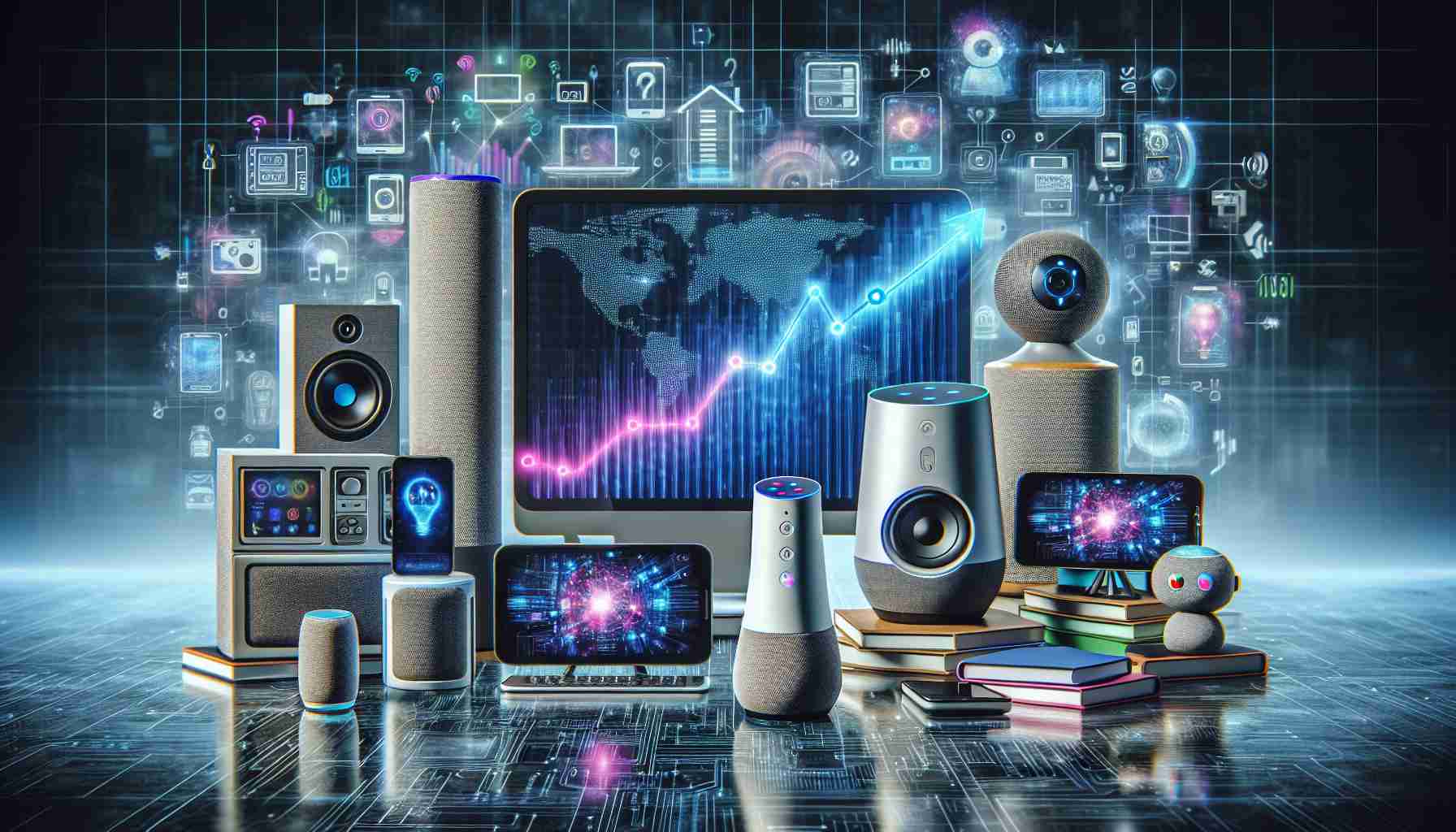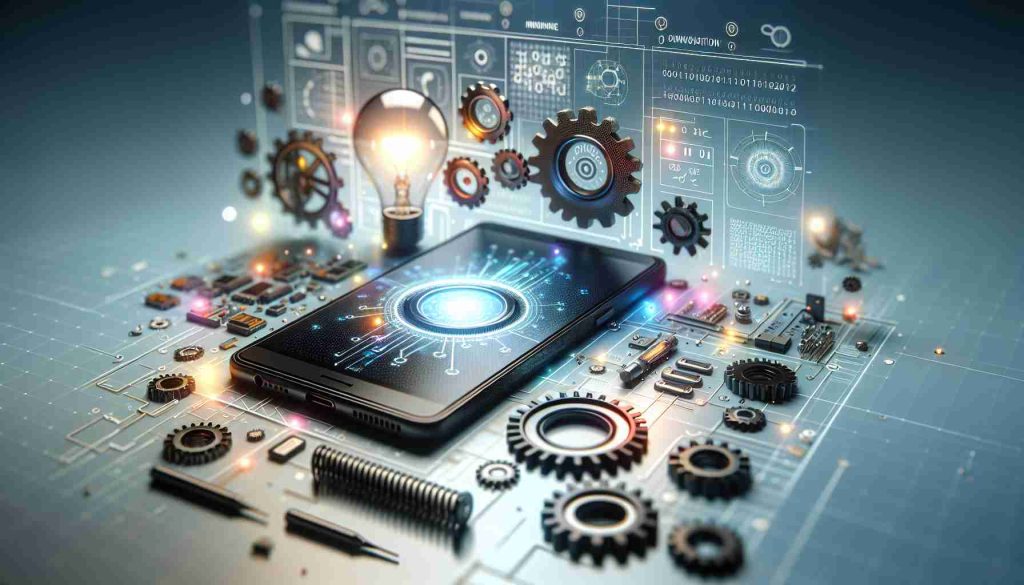In a world witnessing a resurgence in consumer electronics, the smartphone market continues to exhibit robust growth. According to recent data presented by IDC on July 15, global smartphone shipments in the second quarter of 2024 increased by 6.5% year over year to 285 million units, marking the fourth consecutive quarter of growth. The sustained increase in smartphone shipments has provided momentum for the anticipated recovery this year.
One notable trend is the intensifying competition in the smartphone market, with the cumulative market share of the top five global smartphone brands experiencing a slight decline. This has been attributed to the persistent pressure from brands such as Huawei, Motorola, and Transsion. Motorola, in particular, has expanded its brand influence to reach its highest market share in a decade.
AI technology has emerged as a new driving force for growth in the smartphone industry. As consumer electronics demand continues to rebound and the industry enters a phase of recovery, smartphones, as a core component, are experiencing strong growth across multiple quarters. Analysts suggest that advancements in AI, 5G technology, foldable screens, and other innovations are stimulating consumer interest and driving key growth factors in the market.
With the integration of AI technology, smartphones are undergoing a new wave of innovation that is reshaping the market dynamics and user experience. Major manufacturers are actively embracing AI in their smartphone offerings, with Apple, for instance, implementing an “AppleIntelligence” strategy to enhance user experiences and promote device upgrades.
The era of AI smartphones has ushered in a new phase of technological advancements in the global smartphone market, with the potential for accelerated growth and innovation. Companies are positioning themselves to tap into the vast potential of AI technology, with forecasts indicating a substantial increase in AI smartphone shipments and market penetration in the coming years.
As AI technology continues to drive growth in the consumer electronics market, leading brands like Lenovo Group are capitalizing on their edge in the field of AI terminals to launch innovative AI products. Leveraging their “One Device, Multiple Terminals” strategy, Lenovo Group aims to offer comprehensive AI products and services to users, combining AI technology seamlessly across PC, smartphones, tablets, and IoT devices.
This strategic approach positions Lenovo Group as a frontrunner in the AI market, leveraging its robust technological capabilities and ecosystem advantage to unleash the growth potential of AI terminals such as AI PCs and AI smartphones. With AI innovation and market demand fueling their growth trajectory, consumer electronics giants like Lenovo Group are poised to lead the way in the resurgence of smart devices.
The Rise of AI Technology in Consumer Electronics Market: Unveiling New Horizons
In the ever-evolving landscape of consumer electronics, the integration of AI technology has become a pivotal driving force behind the transformative growth observed in the global smartphone market. While the previous article shed light on the current trends and advancements, there are additional facts and considerations that merit attention as we delve deeper into the realm of AI in consumer electronics.
Uncovering Key Questions and Insights:
1. How does AI technology impact user privacy and data security in consumer electronics?
– The proliferation of AI features in smartphones raises concerns about data collection, storage, and utilization. Manufacturers must navigate the delicate balance between enhancing user experiences through AI while safeguarding privacy rights.
2. What are the ethical implications of AI integration in consumer electronics?
– The use of AI algorithms and decision-making processes in devices prompts discussions on transparency, accountability, and bias mitigation. Addressing these ethical dilemmas is crucial for fostering trust among consumers.
3. What role does regulatory oversight play in monitoring AI development in consumer electronics?
– Given the rapid evolution of AI technology, regulatory frameworks must adapt to ensure responsible AI deployment. Striking a balance between innovation and oversight is imperative to mitigate potential risks.
Challenges and Controversies:
– Adverse Impact on Job Market: The automation enabled by AI technology poses challenges in terms of job displacement and upskilling requirements for the workforce.
– Data Privacy Concerns: The collection and utilization of personal data by AI-powered devices raise significant privacy and security concerns among consumers, necessitating stringent measures for data protection.
– Algorithmic Bias: The inherent biases in AI algorithms can lead to discriminatory outcomes, underscoring the need for fairness and transparency in AI development and deployment.
Advantages and Disadvantages of AI Integration:
– Advantages: AI technology enhances user experiences, enables personalized recommendations, optimizes device performance, and paves the way for innovative features such as voice assistants and predictive capabilities.
– Disadvantages: Potential drawbacks include privacy risks, security vulnerabilities, overreliance on AI algorithms, ethical concerns, and the digital divide stemming from disparities in AI access and usage.
As the consumer electronics industry embraces AI technology to drive innovation and growth, addressing these critical questions, challenges, and controversies will be paramount to ensuring a sustainable and ethically aligned evolution of AI in consumer electronics.
For further exploration of this topic, you can visit International Data Corporation to access comprehensive insights and research reports on AI technology trends in consumer electronics.























